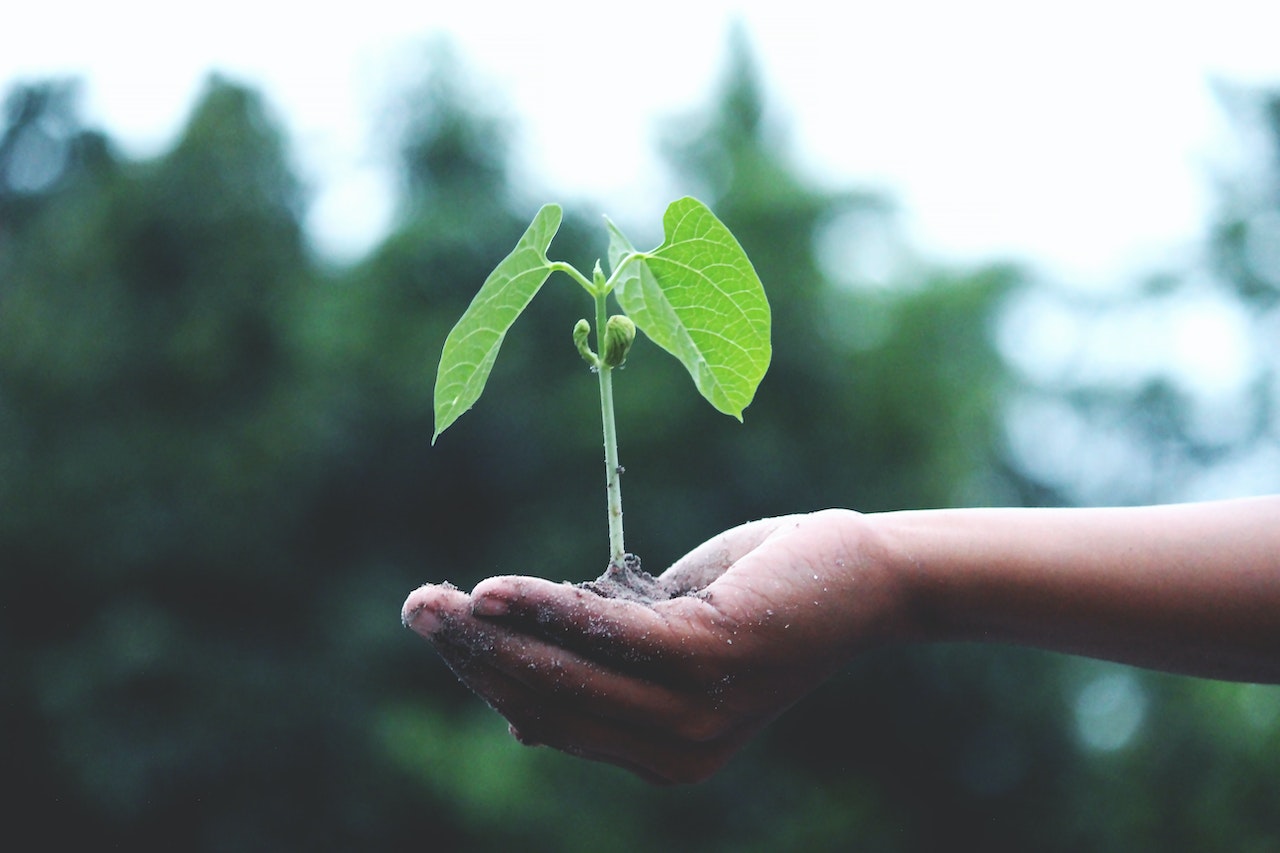This post was originally published on Sustainability Matters

Researchers have devised a sustainable way of turning waste carbon dioxide into amino acids for humans, in a breakthrough that seeks to reduce carbon emissions and pave the way for green chemistry technologies across various industries.
The research by Professor San Ping Jiang, from Curtin’s WA School of Mines: Minerals, Energy and Chemical Engineering, working with Professor Jingyun Zheng from China’s Hunan University and Professor Xin Wang from City University of Hong Kong — published in Science Advances —developed a sustainable method to convert waste carbon dioxide (CO2) and nitrophenyl ethane, commonly found in industrial wastewater, into a high-value amino acid (L-phenylalanine).
“This innovative process uses sunlight as the energy source and employs a specially designed silicon-based photocathode to achieve efficient chemical conversion,” Jiang said.
“The significance of this discovery lies in its potential to simultaneously address two critical global challenges: reducing carbon emissions and developing sustainable methods for producing essential biochemicals. By utilising CO2, a major greenhouse gas, and nitrophenyl ethane, which is commonly found in industrial wastewater, this process transforms environmental hazards into amino acids, a valuable feedstock used in food, pharmaceuticals and other industries. This finding opens up new possibilities for sustainable chemical production and represents a significant step forward in the development of green chemistry technologies that can benefit society while protecting our planet.”
Image credit: iStock.com/Drypsiak





0 Comments